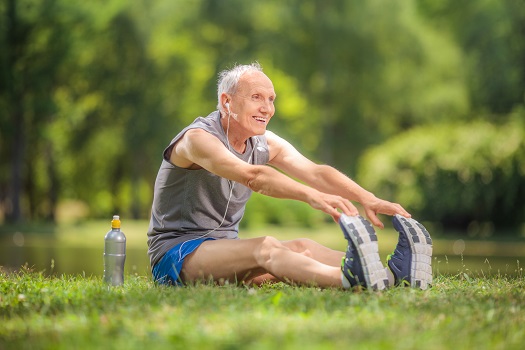Restless Leg Syndrome (RLS) is a condition that affects the legs and causes an overwhelming urge to move them, often accompanied by uncomfortable sensations such as tingling, burning or creeping. This can be a distressing symptom for many people, and it can be particularly challenging for individuals with Parkinson’s disease as it can interfere with their ability to sleep and rest.
RLS is a common complication of Parkinson’s disease, affecting up to 25% of individuals with the condition. The exact cause of RLS in Parkinson’s is not known, but it is thought to be related to changes in the levels of dopamine, a chemical messenger in the brain that plays a role in movement and coordination. Parkinson’s disease is caused by a loss of dopamine-producing cells in the brain, which can lead to problems with movement and coordination, as well as a variety of other symptoms, including RLS.
The symptoms of RLS can be severe and distressing, and can make it difficult for individuals with Parkinson’s to get the rest they need. The sensation of discomfort in the legs can make it difficult to relax and fall asleep, and can lead to a cycle of insomnia and fatigue. This can make it harder for individuals with Parkinson’s to manage their symptoms and maintain their quality of life.
Treatment for RLS in Parkinson’s disease typically involves addressing the underlying dopamine deficiency. This can be achieved by taking medications that boost dopamine levels, such as levodopa and dopamine agonists. However, these medications can have side effects and may not be effective for everyone.
Physical therapy and exercise can also help to alleviate the symptoms of RLS in Parkinson’s disease. Exercise can help to improve circulation, which can reduce the discomfort in the legs. Physical therapy can also help to improve muscle strength and coordination, which can help to reduce the urge to move the legs.
Additionally, certain lifestyle changes can help to alleviate symptoms of RLS in Parkinson’s disease. These include avoiding caffeine, alcohol and nicotine, and maintaining a regular sleep schedule. It’s also important for people with Parkinson’s to be mindful of the position of their legs when sitting or lying down, as keeping legs elevated can help to reduce symptoms.
Relaxation techniques such as yoga, meditation, and deep breathing can also be helpful for managing RLS in Parkinson’s disease. These techniques can help to reduce stress and promote a sense of calm and relaxation.
It’s also important for individuals with Parkinson’s and RLS to work closely with their healthcare provider to develop a treatment plan that is tailored to their specific needs. This may include a combination of medications, physical therapy, exercise, lifestyle changes and relaxation techniques.
I am proud to release my new book, Parkinson’s Warrior: Fighting Back & Taking Control. The book details my journey with Parkinson’s, explains the essential concepts about the disease, and gives hope for those seeking relief from this relentless illness. If you would like to learn more about Parkinson’s, I humbly recommend you purchase this book. It is now available on Amazon.com and other bookstores in print and as an ebook.
We hope you enjoy the articles and other content on Parkinson’s Warrior, including our YouTube channel, our Facebook group, our app, and much more. If you would like to support us, please consider buying one (or all) of the Parkinson’s Warrior books, available from Amazon or by order at your local bookstore. We thrive when you thrive!
Nick Pernisco is the Parkinson’s Warrior, a person with Parkinson’s who has dedicated his life to helping others with Parkinson’s. Get the Parkinson’s Warrior book here. Join the discussion on Facebook.




